A Furniture Pro Spills: Why Some Pieces Fall Apart (And How to Choose Better)
After years of taking furniture apart in my workshop, I’ve seen it all. Some pieces are beautiful heirlooms, built with so much integrity they feel like they could last another hundred years. And then there are the others… the casualties of fast-fashion furniture, showing up with peeling finishes and legs that wobble if you look at them wrong. People often ask me, “Is this outdated?” But honestly, that’s not the right question. A better one is, “Why did this piece fail so badly?”
In this article
Listen, design trends come and go. That’s totally normal. They’re a reflection of how we live. But great design and solid construction? That stuff is timeless. So, instead of just listing what’s “out,” I want to pull back the curtain and show you what I’ve learned from the guts of these pieces. We’re going to look at the materials, the construction, and the design choices that turn furniture into a frustrating burden instead of a cherished part of your home.
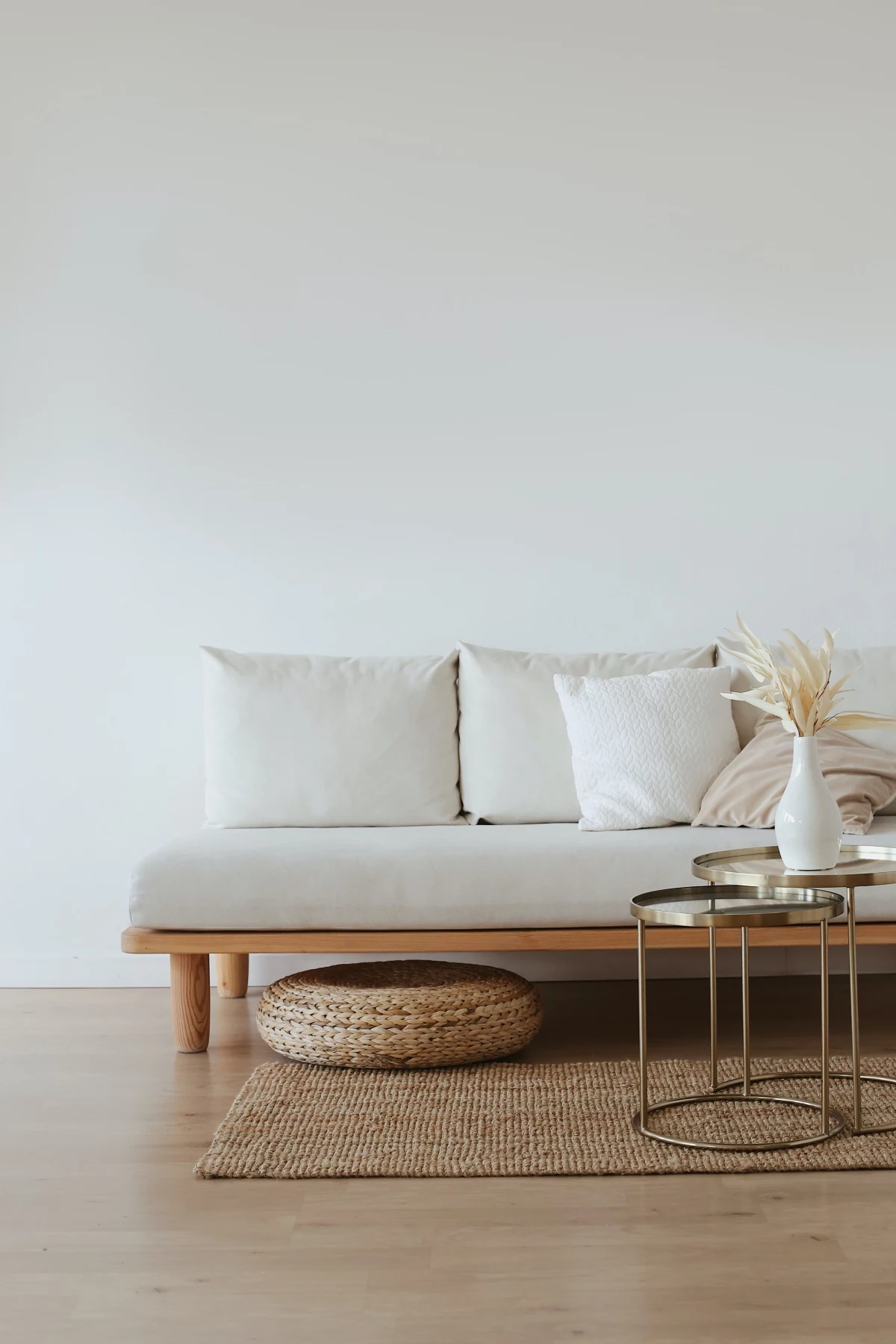
1. The Myth of the Matching Set
I get it. A while back, buying a complete, matching five-piece bedroom set was the easy button. It was a one-and-done decision that made a room feel finished instantly. It offered a sense of order, especially if you were just starting out. From a craftsman’s perspective, though, these sets often sacrifice quality for the sake of uniformity.
How to Spot Quality (or Lack Thereof)
To sell a whole room of furniture for one price, manufacturers have to cut corners, and that usually starts with the materials. Instead of solid wood, you often get particleboard or MDF wrapped in a paper-thin wood veneer or a plastic-like laminate. These materials have their place, but they don’t age well.
Particleboard, which is just sawdust and resin pressed together, is the mortal enemy of moisture. I once had a client bring in a nightstand where a single spilled glass of water had caused the base to swell up and crumble like a cookie. It was a total loss. With solid wood, you might get a water ring, but you can sand that out and refinish it. The piece itself is still sound.
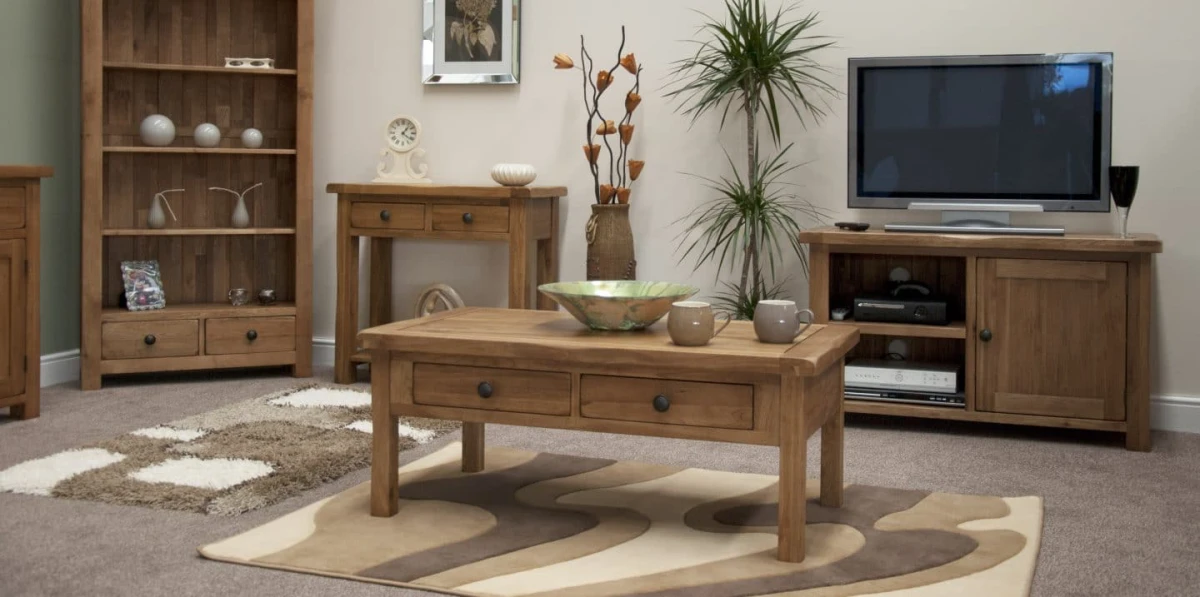
By the way, here’s a quick-and-dirty guide for when you’re out shopping, especially at a thrift store:
- The Lift Test: Solid wood furniture is HEAVY. If you can easily lift a six-drawer dresser by yourself, be suspicious. Particleboard is much lighter.
- The Grain Test: Look closely at the top and side edges. On a solid wood piece, the grain pattern will naturally wrap around the corner. On a veneer piece, you’ll often see a thin, straight line where the top veneer meets the side veneer, and the patterns won’t match up.
- The Underside Test: Flip it over or look at the back. Manufacturers rarely bother to finish the unseen parts. If you see raw, solid wood underneath, that’s a great sign. If you see particleboard, you know what you’re dealing with.
Construction Shortcuts to Watch For
When you’re building for volume, you use the fastest methods. Instead of strong, interlocking joints that take skill and time, you’ll find staples and glue holding drawers together. It’s a cheap and fast way to build, but those joints will loosen and fail over time. This is why the drawers on an old set get so wobbly.
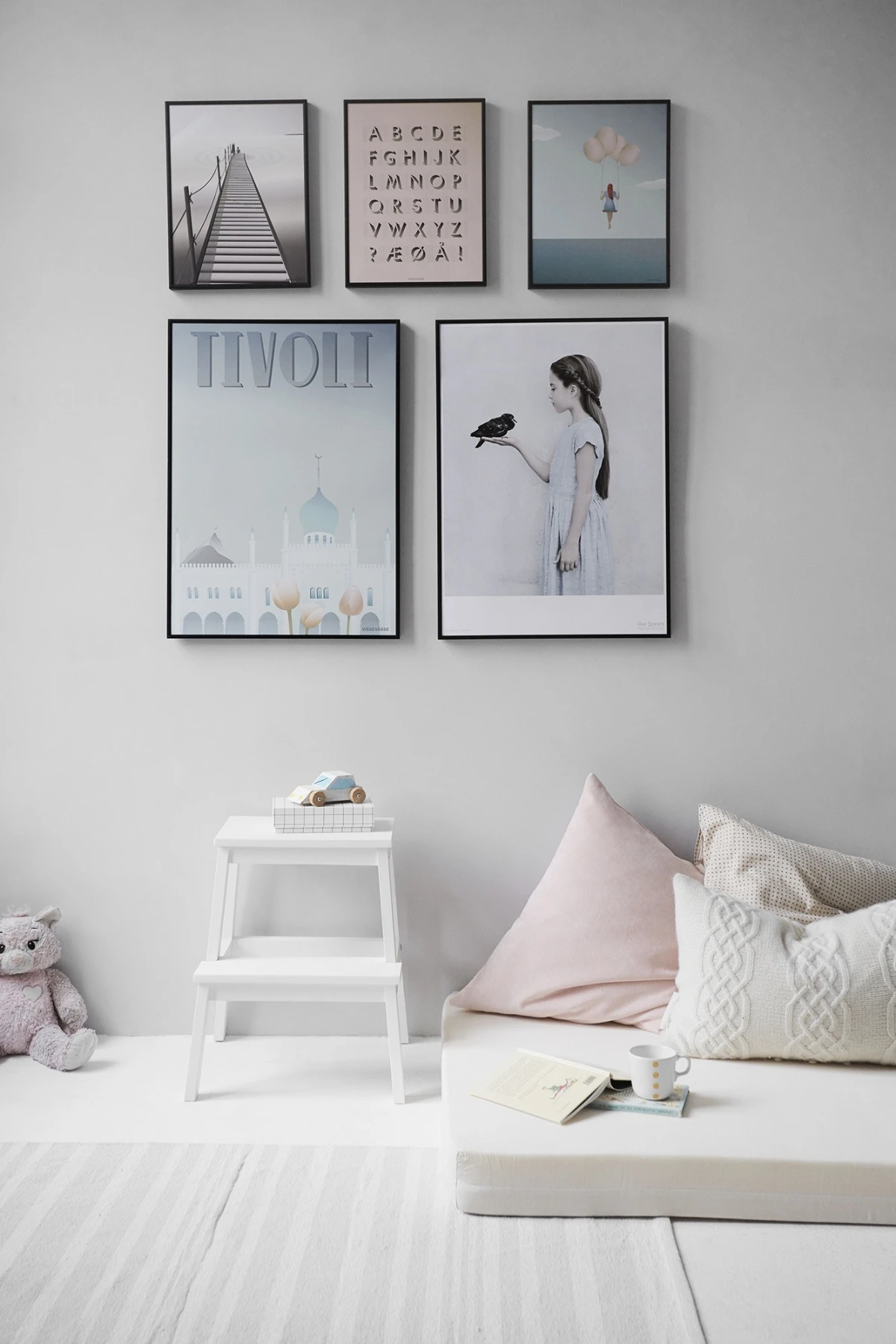
Craftsman’s Tip: When you’re looking at a dresser, pull a drawer all the way out and look at where the front panel connects to the sides. If you see interlocking, finger-like joints (that’s a dovetail joint), you’ve likely found a quality piece built to last. If you just see staples, walk away.
A well-made piece allows for the natural expansion and contraction of wood. Cheaper construction fights it, leading to cracks and busted joints.
How to Fix a “Matchy-Matchy” Room
If you already have a matching set, don’t panic! The key is to break it up. A solid wood dresser from a set can be a fantastic standalone piece. Give it a new identity with some cool hardware (you can find unique knobs on Etsy for $5-$10 each) or a bold coat of paint. You can then sell or donate the flimsier pieces, like the nightstands.
A room just feels more personal and curated when it’s assembled over time. Try pairing a traditional wood dresser with sleek, modern metal nightstands. The contrast is what makes it interesting. It tells a much better story than a pre-packaged set ever could.

2. The Giant Entertainment Center Dilemma
Remember those massive entertainment armoires? They were the undisputed king of the living room back when televisions were deep, heavy boxes. They were a practical solution for housing a 100-pound TV and all the bulky electronics that went with it. But today, they’re often just giant, obsolete boxes taking up space.
Built for a Bygone Era
The sheer physics of old CRT TVs dictated the design of these things. They had to be incredibly deep and sturdy. Using solid wood would have made them impossibly expensive and weigh a ton, so most are built from thick MDF or particleboard with a veneer finish. They weren’t designed for modern, flexible living; they were designed to be put in a corner and never moved again.
Heads Up: A Critical Safety Warning
This is important. These units are a massive tipping hazard, especially if you have kids. They are extremely top- and front-heavy. I was once consulted after a family’s toddler tried to climb the open doors and the whole thing started to fall forward. Luckily, someone was right there to catch it.
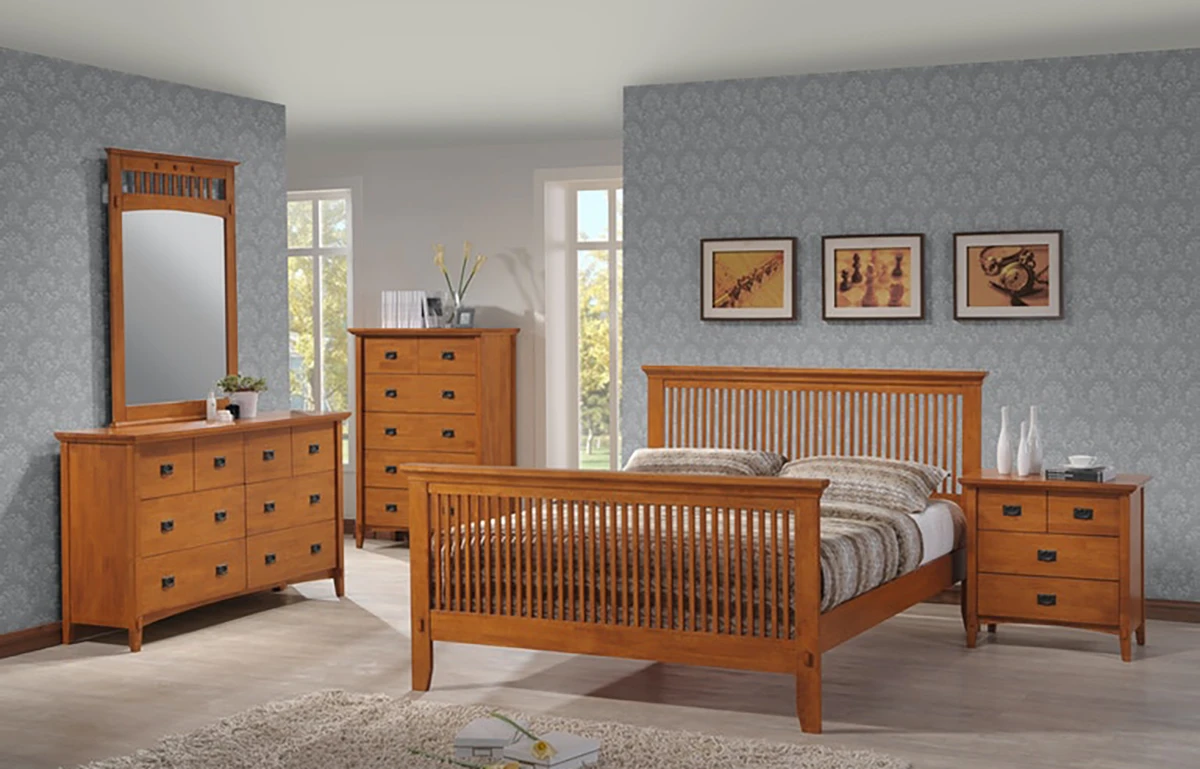
QUICK WIN: If you have one of these, please, anchor it to the wall. You can get an anti-tip kit for about $15 at Home Depot or on Amazon. It takes 20 minutes to install with a drill and is the single most important thing you can do this weekend for your family’s safety.
Giving an Old Armoire a New Gig
So what do you do with it? Their size and solid frame can be an opportunity. My favorite project is converting them into a home bar or a coffee station. We’ll take out the TV shelf, maybe add a small butcher block remnant for a countertop, and install a wine glass rack. It can be a stunning transformation.
Here’s a realistic breakdown for a DIY conversion:
- Primer: You’ll need a good bonding primer to stick to the slick surface. I swear by Zinsser B-I-N Shellac-Based Primer. A can is about $20.
- Paint: A quart of quality cabinet-grade paint will be around $30.
- Extras: A small butcher block piece might be $50 from a big box store, and some simple LED puck lights are about $20 online.
For a total project cost of around $100-$120 and a weekend’s worth of work, you can turn an outdated beast into a functional, custom piece. Just be realistic—the prep work (cleaning, sanding, priming) is 90% of the job, so don’t rush it.
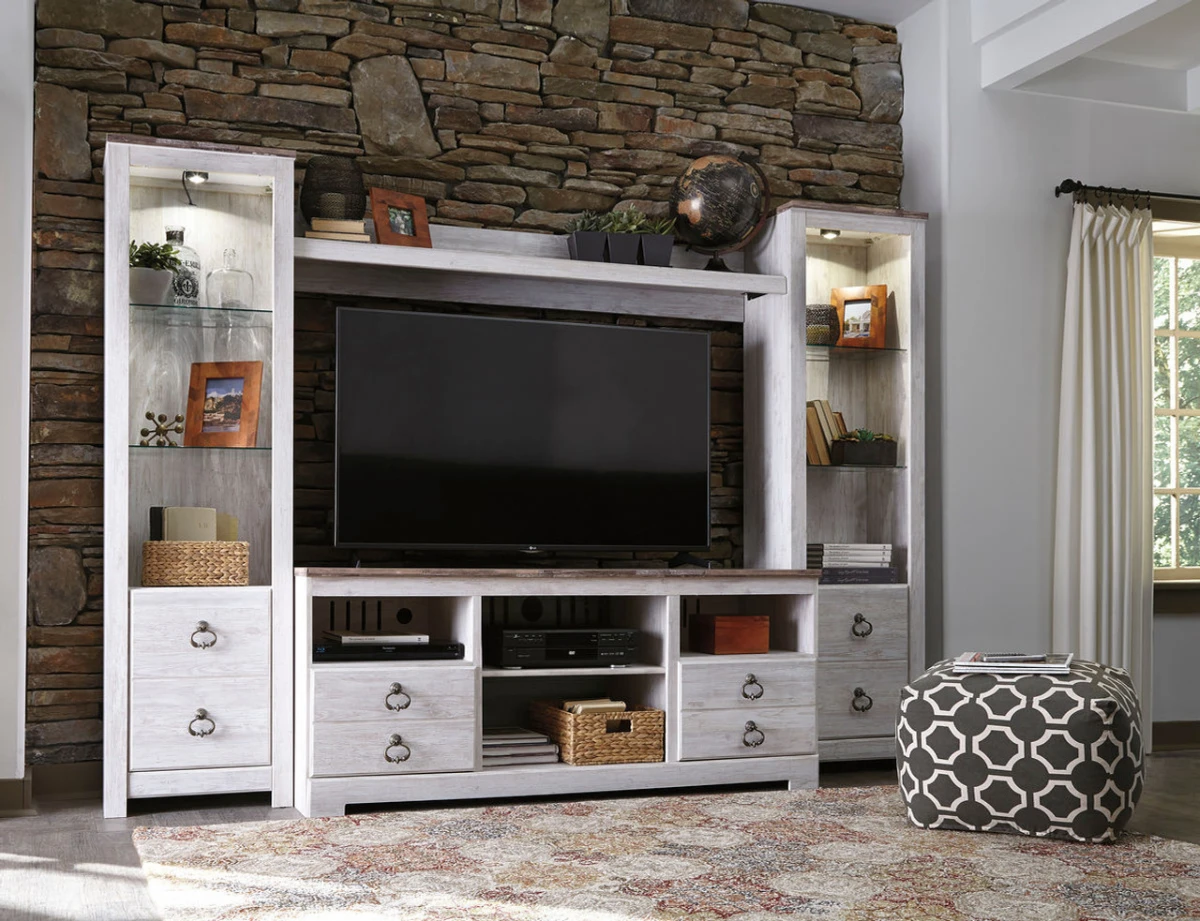
3. The Problem with Furniture on Steroids
There was a trend, especially in big suburban houses, for furniture to get supersized. I’m talking about gigantic, overstuffed sofas, coffee tables the size of a small boat, and headboards that soared to the ceiling. The thinking was that a big room needs big furniture, but this often created spaces that felt more overwhelming than comfortable.
What’s Inside That Overstuffed Sofa?
From the outside, they look plush and inviting. But once you start peeling back the layers for a reupholstery job, you often find a cheap skeleton hiding underneath. The frame of a sofa is everything. A quality sofa, which might start around $1,500, will have a frame made from kiln-dried hardwood (so it won’t warp) with joints that are corner-blocked, glued, and screwed.
On many mass-market overstuffed sofas in the $500-$800 range, I find frames made of soft pine or even particleboard, all held together with staples. Those frames twist and creak, and after a few years, the arms get wobbly. That’s a sign of frame failure.

Oh yeah, and let’s talk about the cushions. Ever sat on a couch and sunk into a permanent “butt divot”? That’s from low-density foam. When you’re shopping, ask about the foam density. Cheap foam collapses quickly. You want to look for high-density foam (a rating of 1.8 lbs or higher is good). It’ll feel a bit firmer at first, but it will hold its shape and support you for years to come.
Ultimately, choosing furniture that lasts is about looking past the initial showroom shine. It’s about being a little bit of a detective—checking the joinery, understanding the materials, and investing in good bones. A piece with solid construction won’t just save you money in the long run; it will become a part of your home’s story.
Galerie d’inspiration
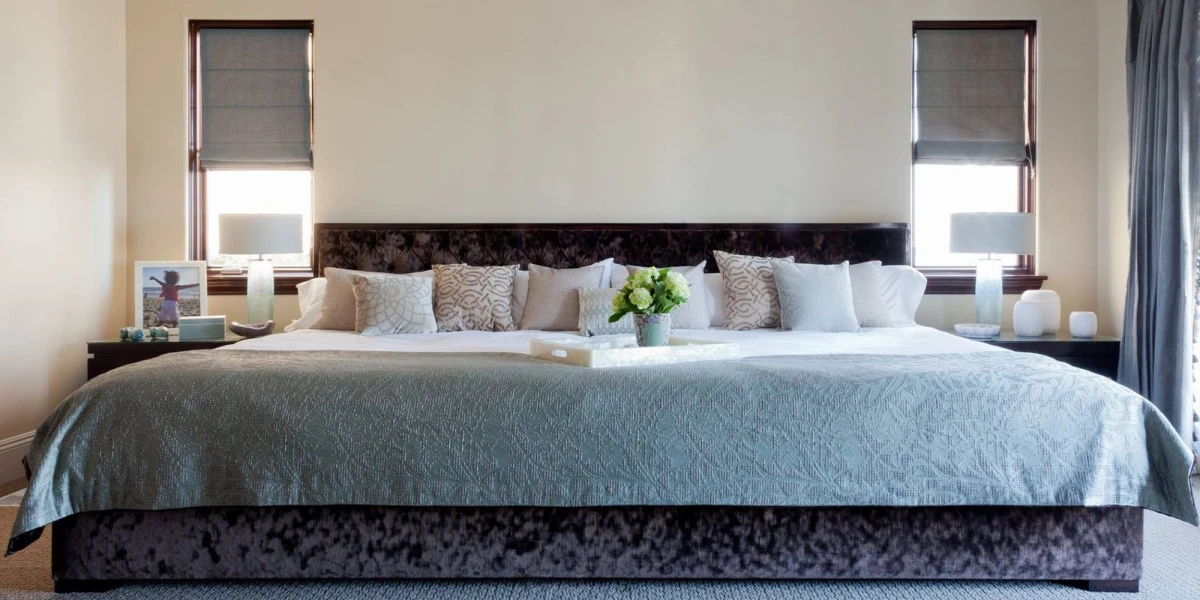
What’s the one detail that separates heirloom-quality dressers from their disposable counterparts?
Look at the joints, specifically how the drawers are put together. The gold standard is dovetail joinery—interlocking pins and tails that create an incredibly strong, durable bond that doesn’t rely on glue or screws. You’ll see this on pieces from brands known for quality, like Stickley or even high-end vintage finds. A step down, but still very good, is box or finger joinery. The red flag? A drawer box held together with just staples and glue. It’s a clear sign that the manufacturer cut corners where they thought no one would look.










